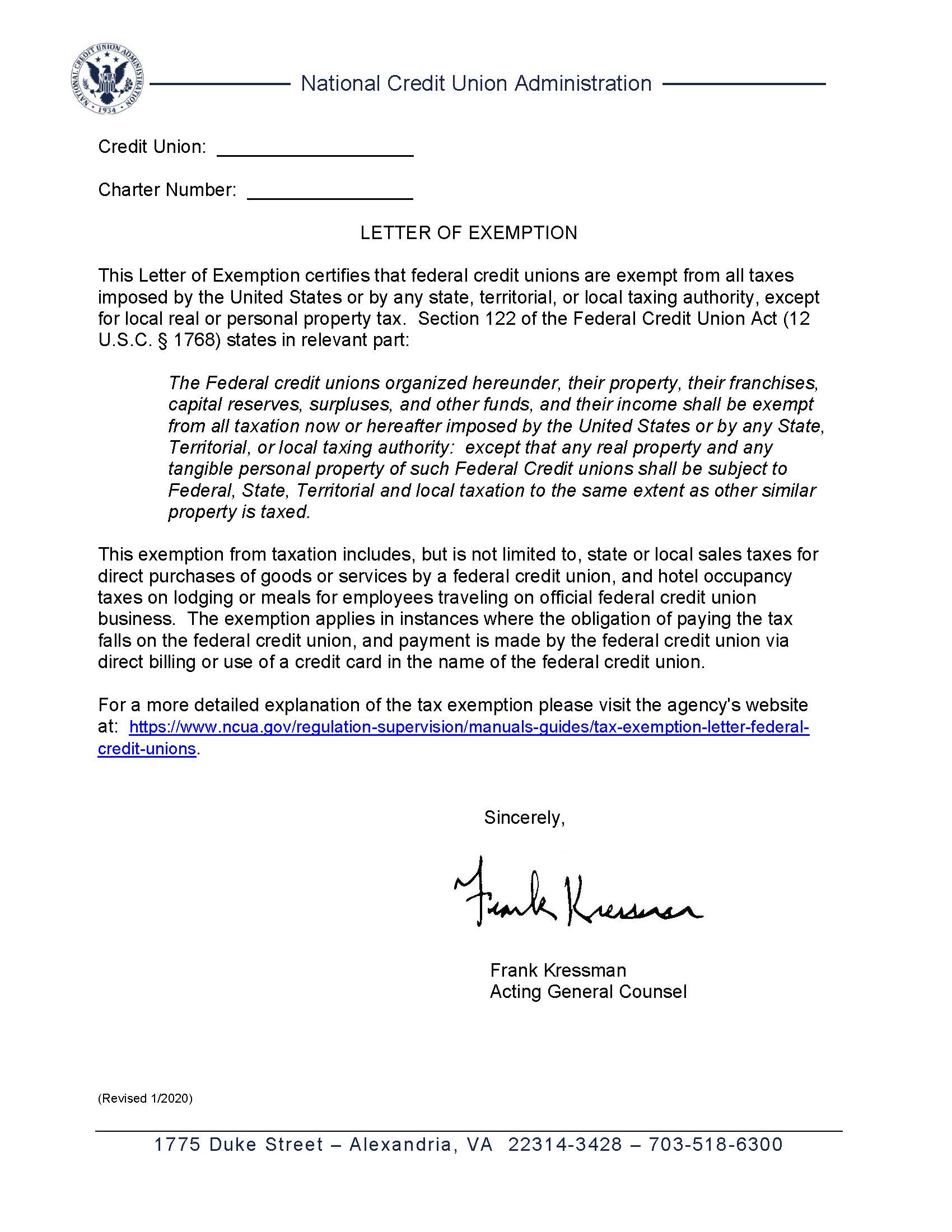This is the rest of CEO Joy Peterson’s concerns with the regulatory environment and six suggested changes.
Part I can be read here.
Pivoting from COVID to DEI
The pandemic saw record sums of COVID inspired money pouring into banks and credit unions. Global fear and confusion were rampant. Businesses were shuttered-some temporarily and some forever. The global economy began a free fall.
There were reports of billions lost to PPP and unemployment fraud. Where was NCUA? One would expect nearly daily guidance regarding concentration risk and fraud prevention and best practices regarding NACHA rules.
Instead, the talking heads at NCUA started scolding credit unions about Diversity, Equity and Inclusion. Rather than real concern for our members-the salt-of-the-earth member/owners of our financial institutions who feel a common bond to a financial institution with their co-workers or their community-NCUA decided we are evidently racist and somehow elitist.
Our color chart no longer satisfies their hunger for diversity. They alone are responsible for how our charters read but, in hindsight, they have decided we are perhaps too white or not serving enough underserved?!
In reality it doesn’t matter what color or gender our members are. It doesn’t matter whether they are rich or poor or anywhere in between. If we spend all of our time and most of our income trying to satisfy NCUA’s constantly changing view of what makes credit unions valuable to our members, we are no longer serving our members at all.
If we aren’t provided with the leverage to protect their money and their identity and their financial privacy, we are no longer good stewards of the faith 129.6 million people have placed in us.
The Most Needed Change: Respect for Credit Unions
Small credit unions are wounded and struggling to maintain our relevance and profitability in today’s economy. From one CEO to the CEOs of the thousands of smaller Federally insured credit unions, the next time you are notified that your examiner is due to arrive, make sure you look carefully behind their back as you usher them in. There could be a bayonet that will be driven firmly into your back as they write up yet another list of tail-chasing requirements to be deemed “safe and sound”.
I think it’s time all of us ask our regulators to be more constructive in their approach to the industry.
Here’s how NCUA can demonstrate respect for our efforts to serve members, the reason why we exist:
- Recognize that small credit unions are, in fact, different from large ones. Their capabilities are not the same, but our service to members can still be extraordinary, needed and valued.
- NCUA should support credit unions instead of fighting them. Statements by NCUA spokespersons often include comments critical of credit unions. Our members decide whether we are “good enough”.
- Stop labeling our members. NCUA likes to call them marginalized, disadvantaged, underserved and low-income. They refer to “minority communities” and recently “Other Targeted Populations or OTPs”. While we happily serve ALL members of our community, these terms give the impression that only people who are “less than” or “other than” belong to credit unions. They are just people.
- There needs to be more transparency from NCUA regarding its own management. Losses to the Share Insurance fund caused by thefts went on for years without raising any red flags to NCUA examiners. Were there any adjustments to NCUA examinations to address these limitations? NCUA should also be expected to manage their own investments at least as well as they expect us to manage ours. Our credit union members pay for NCUA’s management failures.
- NCUA shouldn’t expect more of small credit unions than they expect of themselves. NCUA “recommended” that credit unions allow no-cost loan payment deferments and the waiving of overdraft fees during the pandemic. My credit union gave up more than $15,000 in income to help our members. What did NCUA do?
- So many mixed messages. Don’t tell credit unions we need to do more lending to people with lower credit scores and then criticize us because our delinquency goes up. Don’t take away our ability to earn non-interest income from overdraft fees and interchange income and then wonder why we aren’t more profitable. Part of the reason for all the mergers is the demanding, overbearing NCUA requirements as well as the utter lack of support from our regulators.
Respect for members is what makes us different. That is also what makes us sound. It doesn’t work the same, the other way around.

